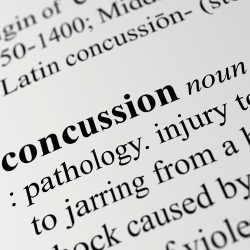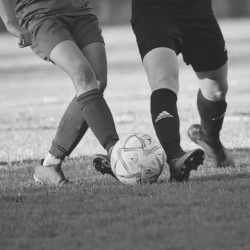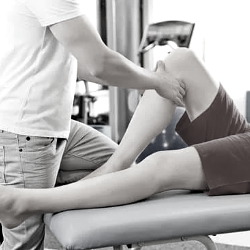Another New Year’s goal setting post…
Posted on January 3, 2023 by Movement Health in Exercise Physiology, Just saying..

So, it’s that time of the year, it’s early 2023 and people start to talk about or commit to resolutions that involve developing healthier habits.
So, what’s a habit?
A habit is an automatic behaviour that can be developed intentionally or unintentionally. We can develop infinite numbers of habits as we navigate the world and the likely reason for developing a habit is they’re psychologically efficient. Habits provide a foundation from which we can perform a behaviour without wasting time or energy wondering what to do. As habits are an automatic means of psychological efficiency replacing less healthier behaviours (or habits) can require some effort (Psychology Today).
So, how can we develop a healthier habit?
To develop a healthy habit, it can be useful to set goals. The common goal (or habit) we hear around this time of year is when people make a New Year’s resolution to, “be healthier”. Goal setting theory says that goals should be specific and difficult, a specific goal will coordinate focus and a goal that is difficult will inspire an individual towards action (Locke & Latham, 2019). A specific and difficult goal for a sedentary goal setter who is looking to be healthier may be, “to do 30 minutes of moderate intensity walking, five times a week”. This goal involves a specific task (walking) and includes specific information around for how long and how often the walks will occur. If the goal setter is sedentary 150 minutes of walking a week can be considered sufficiently challenging to inspire them to action However, problems can develop if a goal is too challenging, it may become a source of pressure and stress for an individual, negatively affecting the development of their new walking habit (Swan et al. 2021).
More recently goal setting theory has begun to classify goals as performance goals and learning goals (Swan et al. 2021). Performance goals encourage the goal setter to focus on a task outcome such as walking for 30 minutes and in the realms of physical activity promotion goal setting using performance goals is common (Nigg, 2013). Learning goals are more about processes and strategies, an example of a physical activity learning goal could be, “find three ways of fitting a 15-minute walk into your day”. Learning goals can still be difficult, yet they encourage the goal setter to explore ideas or experiences they may be curious about and are a more intrinsic experience than performance goals (Swann et al. 2021).
There is an emerging belief in the goal setting research that learning goals are a more effective means of establishing a new habit for individuals who are new to physical activity (Swann et al. 2021). So, if you’re looking to make a New Year’s resolution involving physical activity it may be worth setting some learning goals, here’s a few ideas to get you started:
“Identify three effective strategies to increase your daily step count?”
“Locate three local yoga studios and trial a class at each?”
“Undertake a beach walk, headland walk, and rainforest walk before the end of the month?”
Thanks for reading, Warwick..
Locke, E. A., & Latham, G. P. (2019). The development of goal setting theory: A half century retrospective. Motivation Science, 5, 93-105.
Nigg, C. (2013). ACSM’s behavioral aspects of physical activity and exercise. Lippincott Williams & Wilkins.
Psychology Today. Habit Formation: Behavioural Change. Retrieved January 2, 2023 from: https://www.psychologytoday.com/intl/basics/habit-formation
Swann, C., Simon Rosenbaum, S., Alex Lawrence, A., Vella, S.A., McEwan, D., & Ekkekakis, P. (2021) Updating goal-setting theory in physical activity promotion: a critical conceptual review. Health Psychology Review, (15)1, 34-50.




